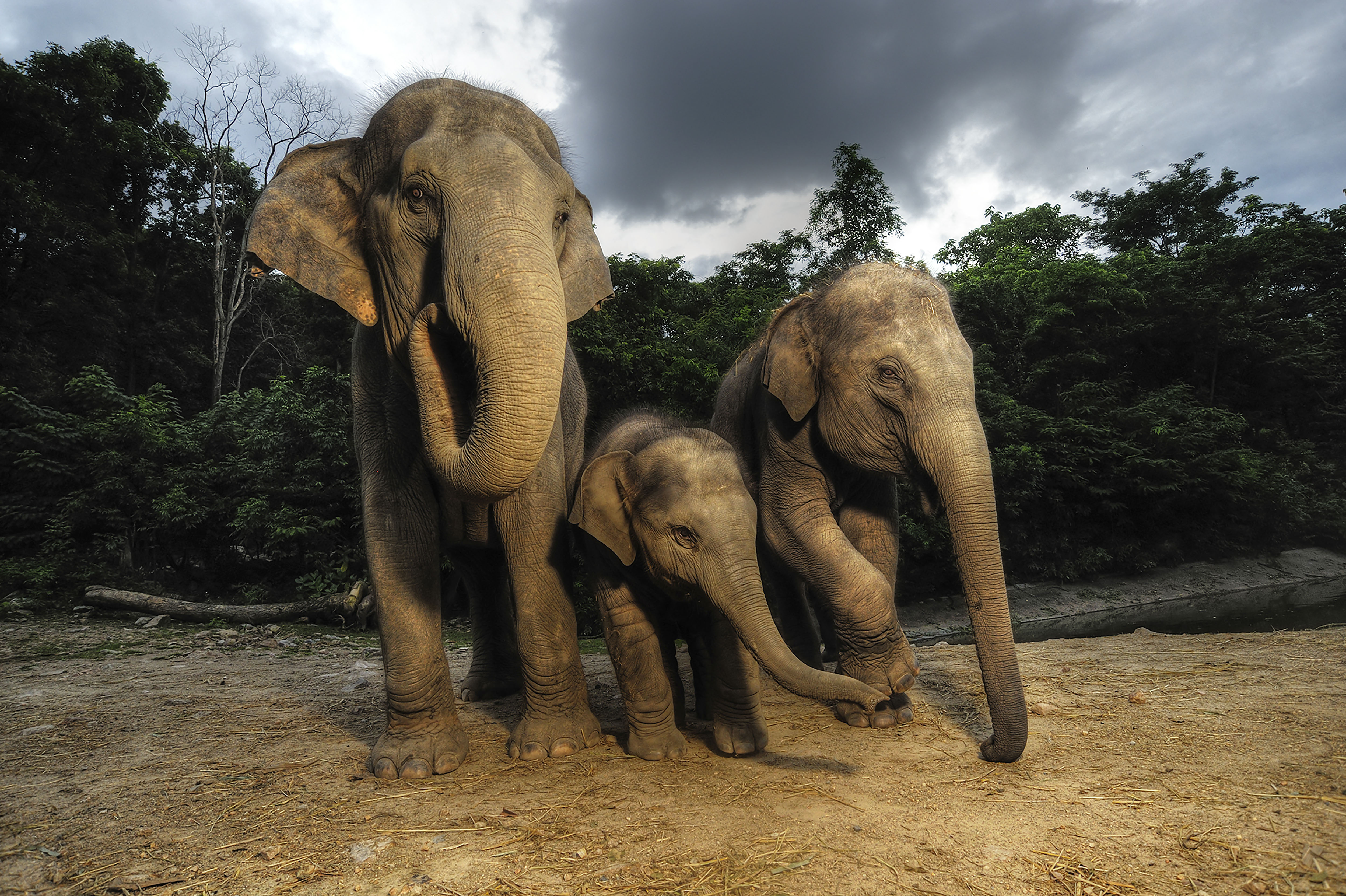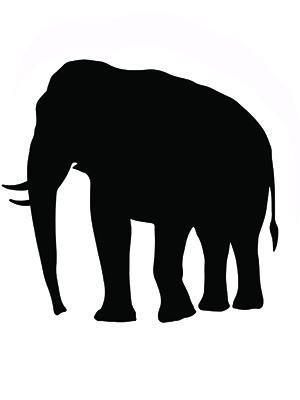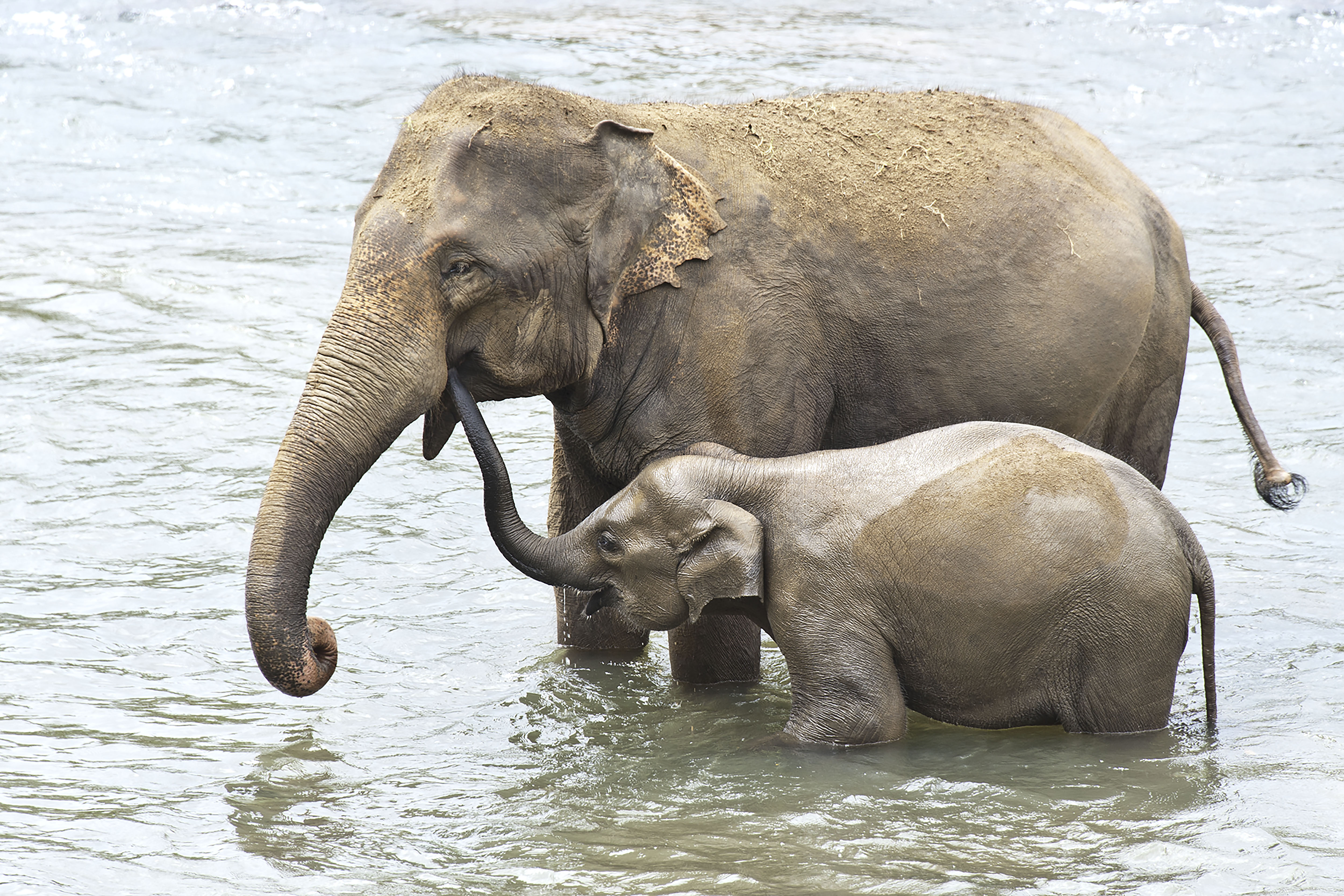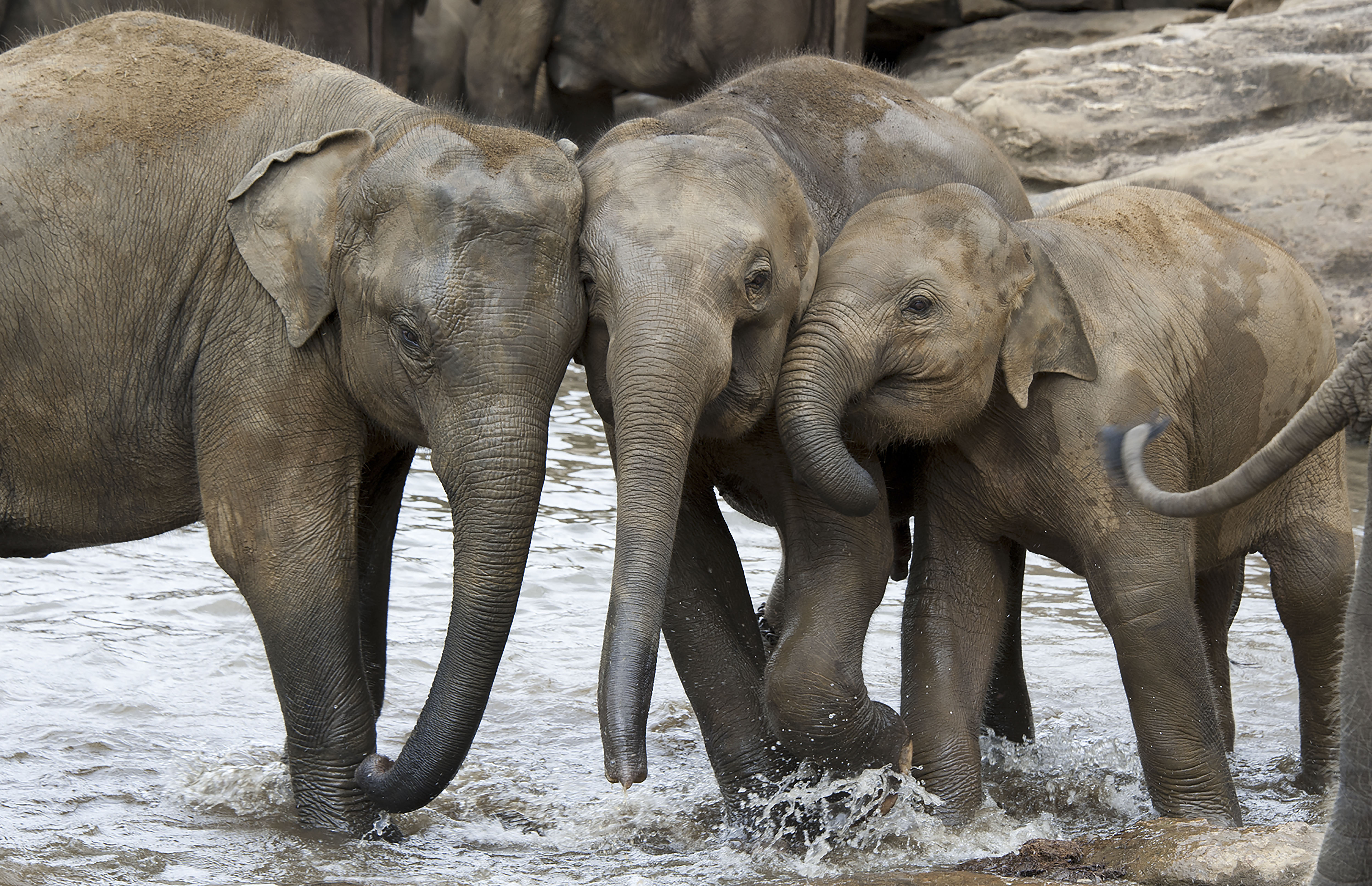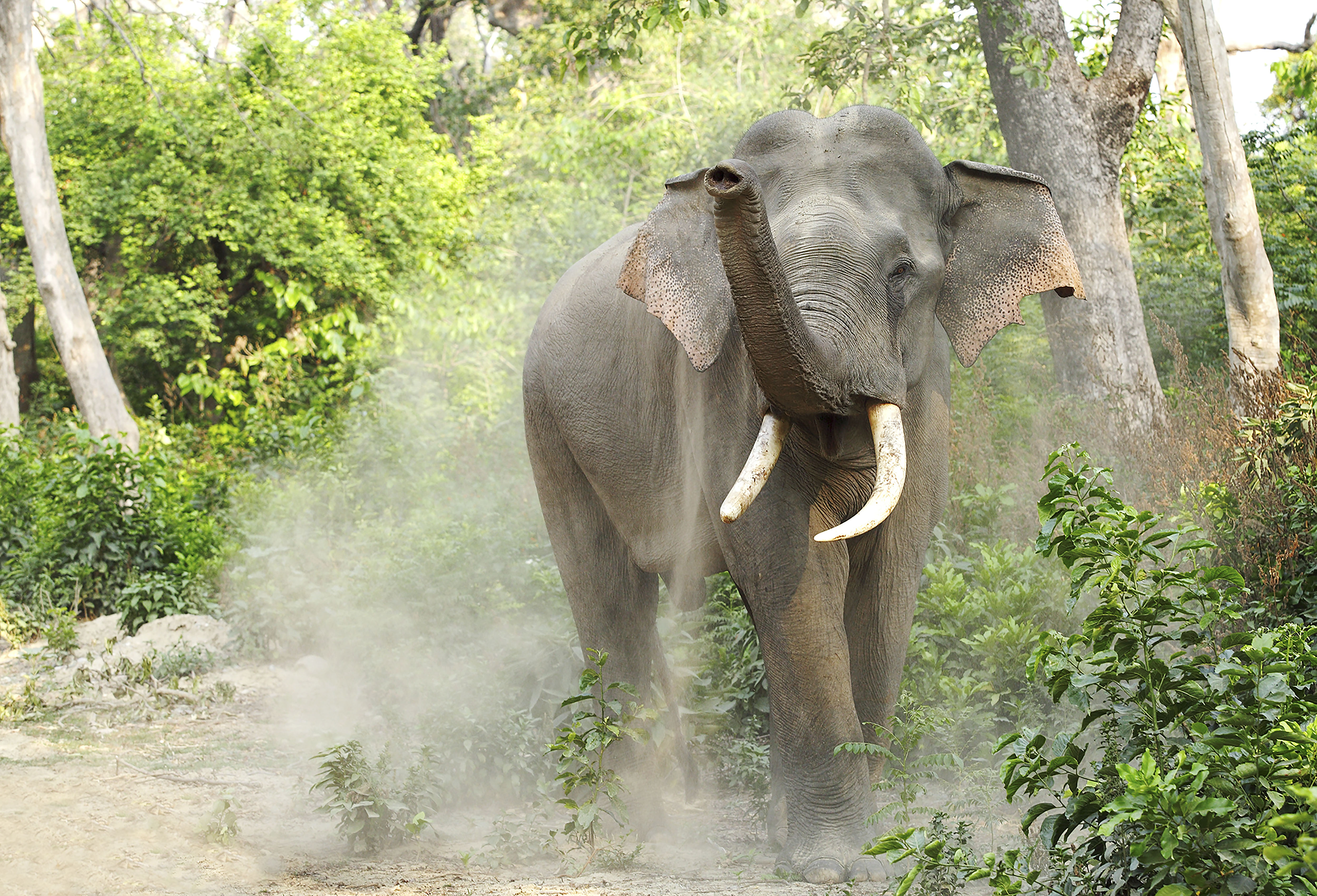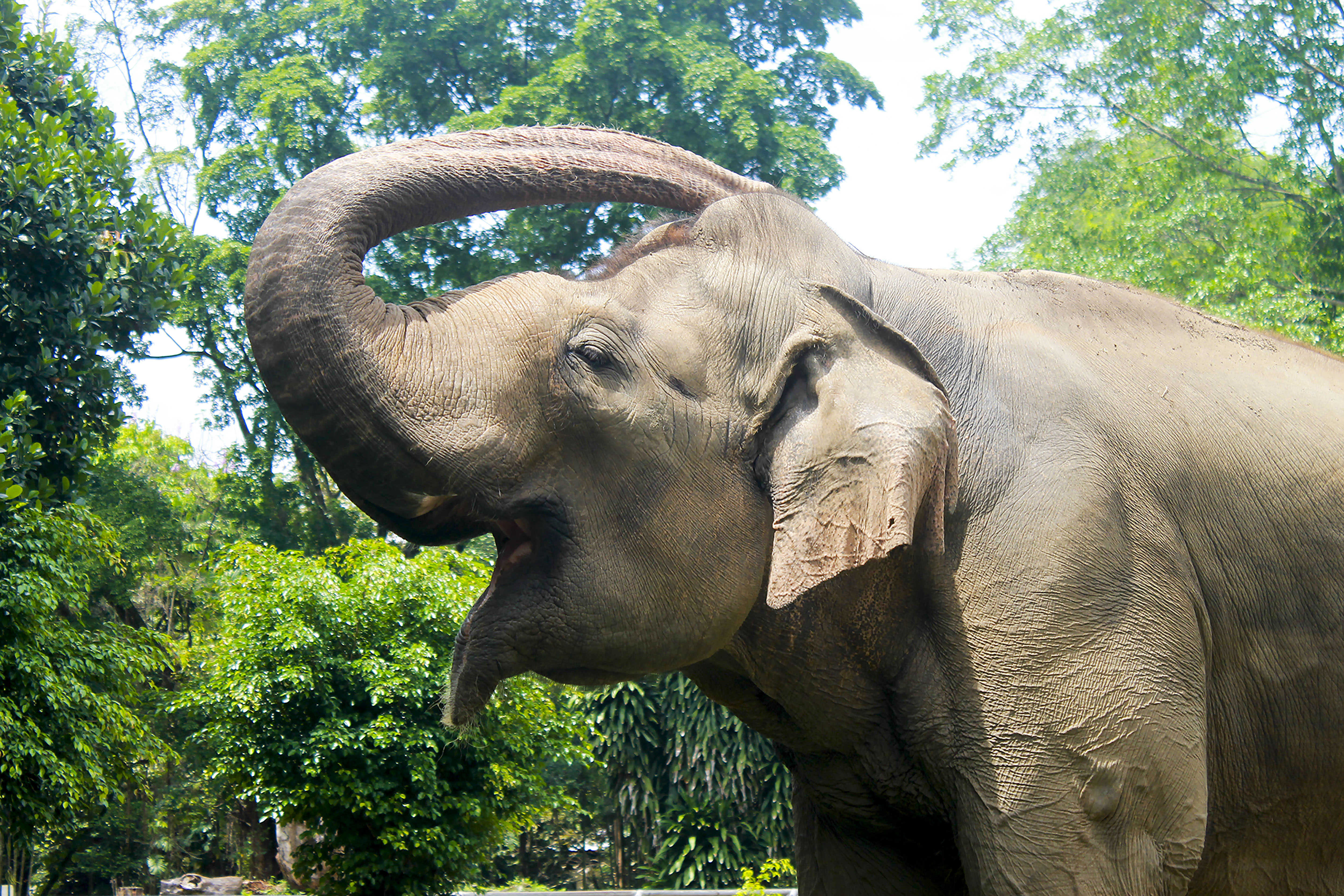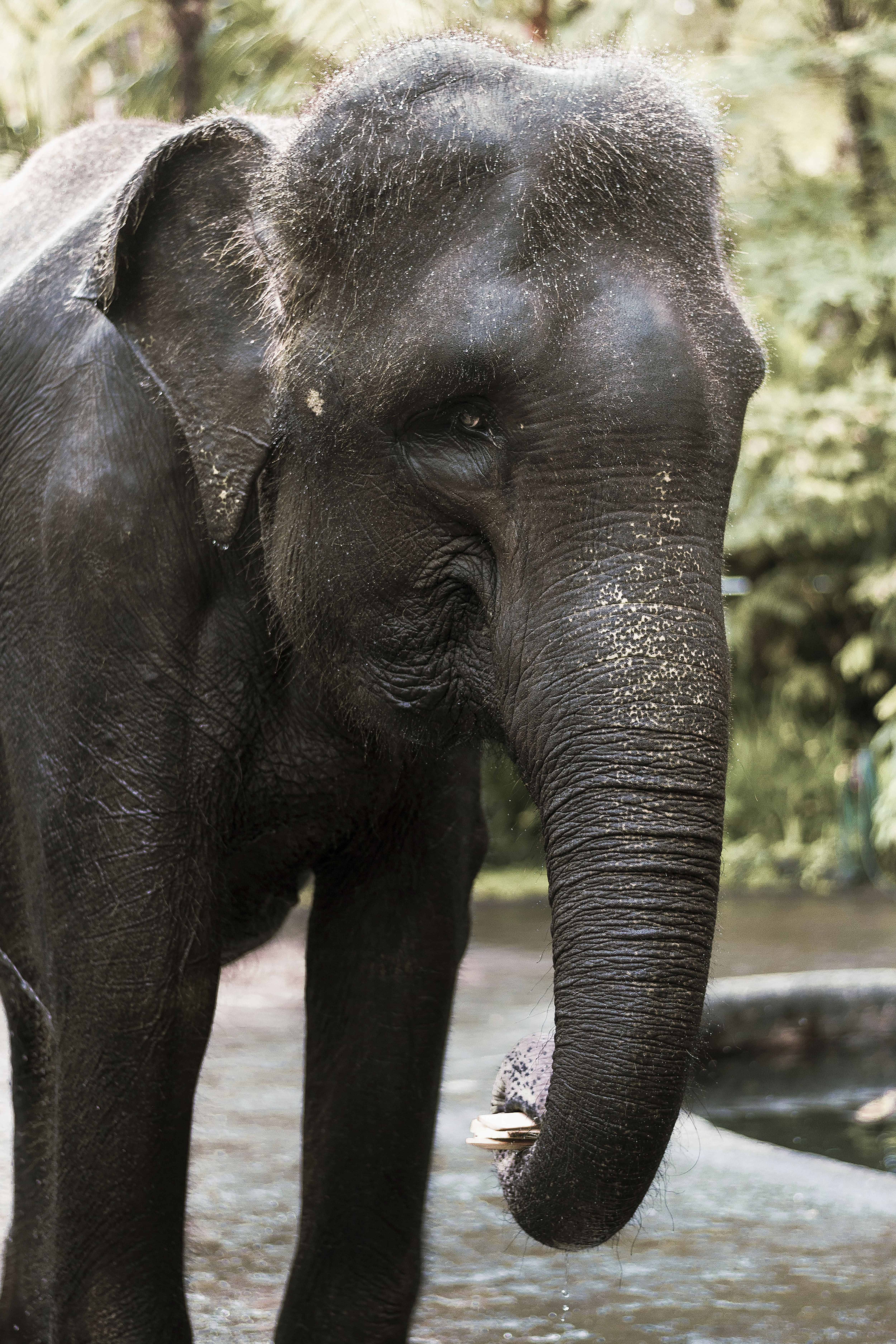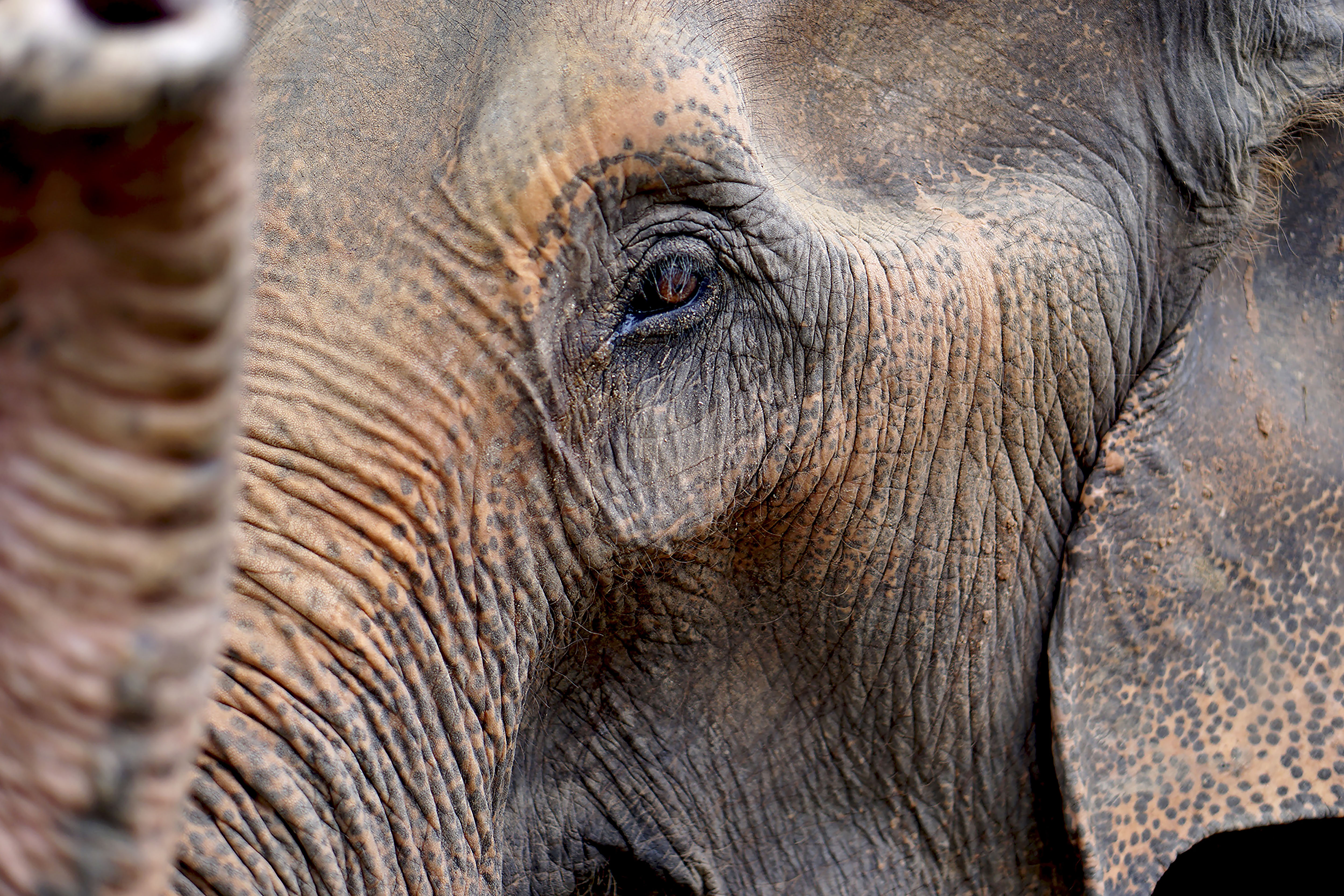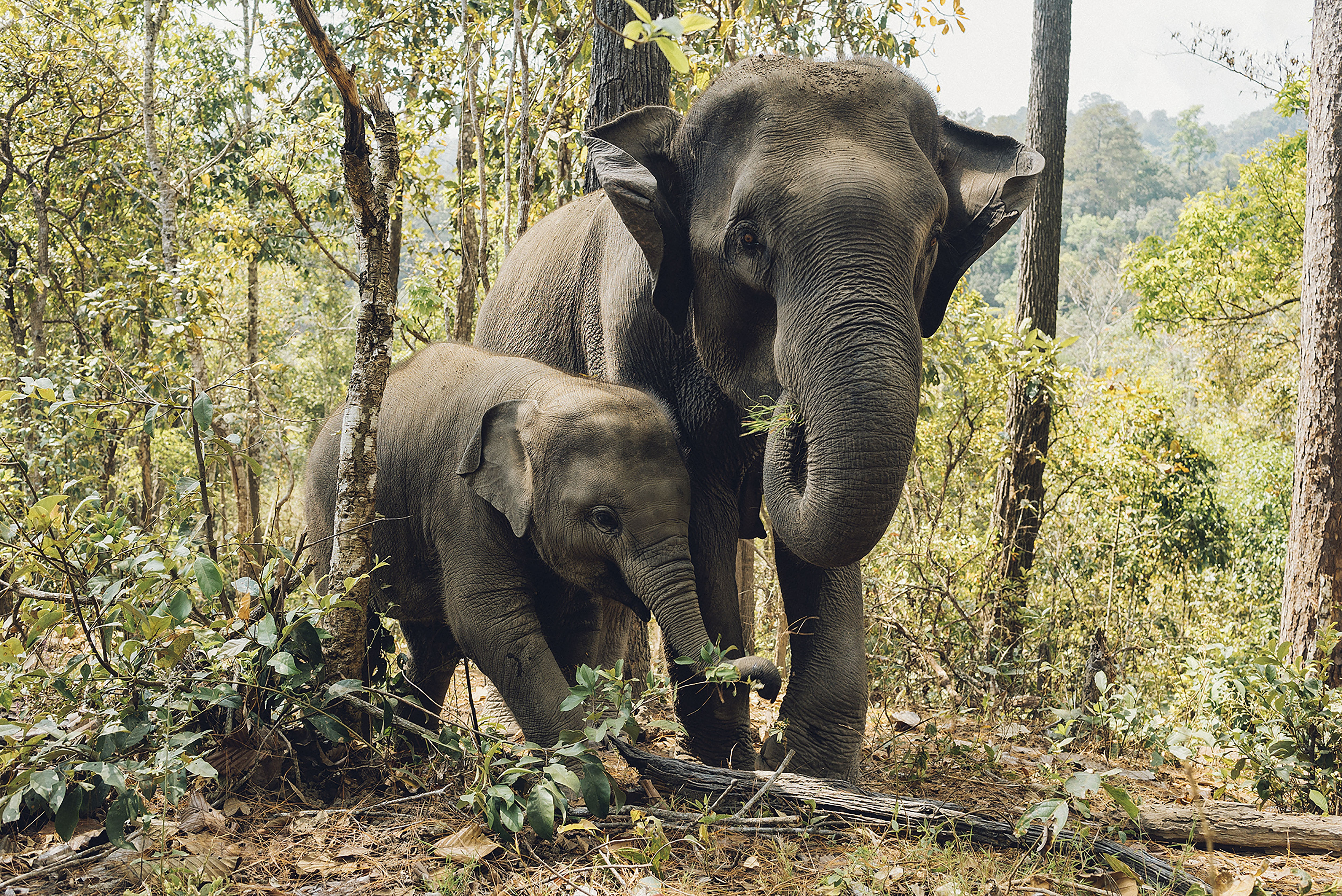Asian Elephant
(Elephas maximus)
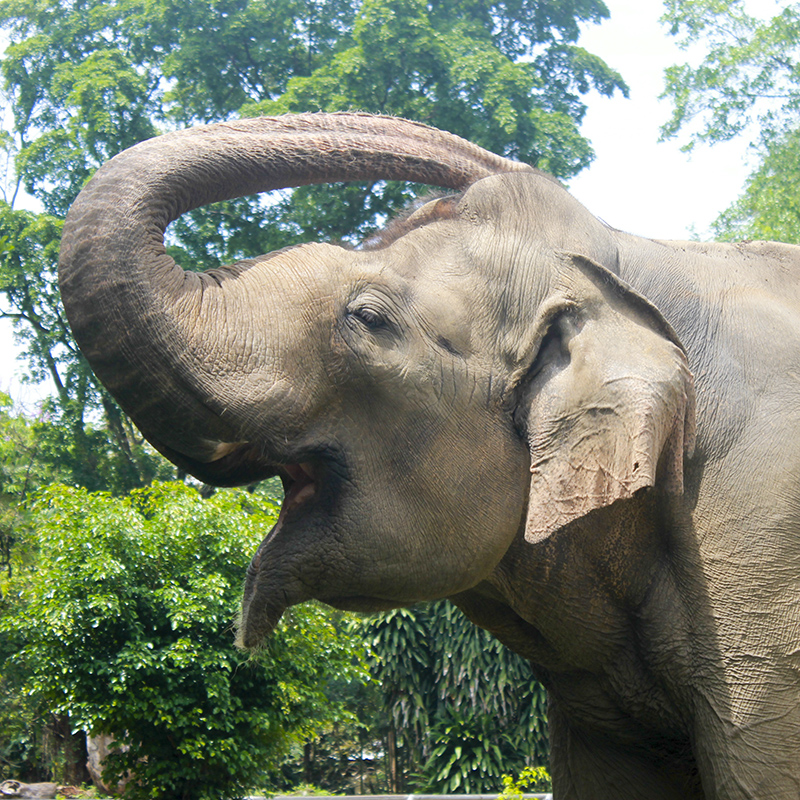
Sumatran Islands
Montane and Lowland Forests
STATISTICS
Height up to
300 cm
Length up to
6.5 m
Weight up to
5,000 kgs
Lifespan
70 years
Highly Intelligent - Strength - Tool Use - Social - Acute Sense of Hearing and Smell
The Asian Elephant is an important cultural icon and the largest terrestrial mammal in Asia. This extremely intelligent species has a massive brain, well-developed self-awareness and the ability to use tools. Its very long trunk is used for breathing, stripping bark and manipulating objects.
This highly social species lives in large family groups of closely related females with one matriarch. It breeds every 4-5 years and after a gestation period of up to 23 months, gives birth to one offspring.
As one of the last of the world’s megaherbivores, the Asian Elephant plays an essential part in its ecosystem, its dung production puts nutrients back into the soil; it can disperse seeds over vast distances, and its destruction of trees promotes the regeneration of woodlands. Asian elephants have poor eyesight but an acute sense of hearing and smell.
BIODIVERSITY BENEFIT
Seed Dispersal - Ecosystem Engineer - Nutrient Cycling
THREATS
Habitat Loss and Fragmentation
Due to expanding human population and infrastructure development.
Human-Elephant Conflict
Habitat loss forces elephants into close quarters with humans and leads to devastation of crops and retaliation by farmers.
Poaching
Poaching for ivory tusks and skin.
Capture of Wild Elephants
Elephants are chained and kept separately for the timber and tourist industries.
PROTECT THE WILDARK 100
